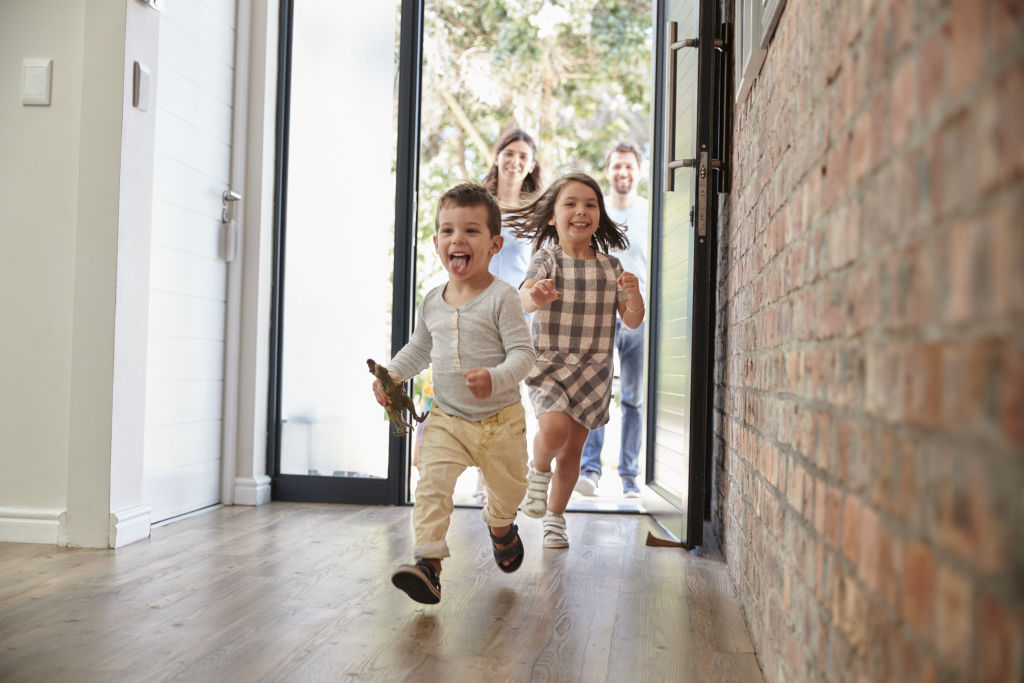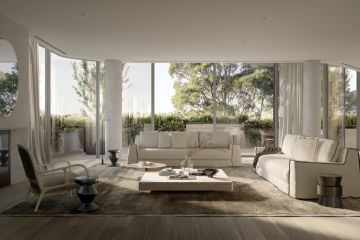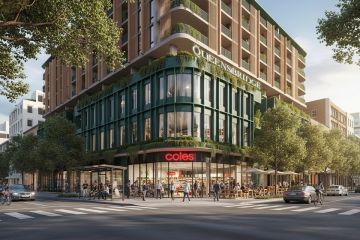Why my childhood home is etched into my subconscious

My childhood home is for sale. I saw it the other day while doing a casual browse of listings in the Perth suburb of Bassendean (as you do).
I don’t live in Perth any more, and haven’t done for 13 years. It’s been 18 years since I lived in that 100-year-old Edwardian house on the hill – but something always draws me back there.
Over the years, on trips back west, I make a point to drive past if I’m nearby, just to see it’s still there. When house hunting (for real or for sport), I’m always on the lookout for older-style homes with high ceilings and the odd creak in the floorboards – just like my old house.
It even pops up in my dreams from time to time, even when I’m dreaming about people who have never been there. It’s like it’s etched into my subconscious for some inexplicable reason.
But maybe we can explain it, at least somewhat, Deakin University psychology professor Peter Enticott says.
“We spend a lot of time at home, especially when we’re very young, and our early memories will often exist in that context,” Professor Enticott says. “This is especially true for early emotional events – good or bad – which tend to be remembered more vividly.”
Although there is little specific research on houses affecting our personalities, he says our childhood homes could have some bearing on who we become as people.
“Much of our personality is determined by genetics, but other experiences, especially social and emotional experiences, will have an impact,” he says.
“A physical environment will affect the frequency, nature, and quality of interactions between people, so it’s possible that the house could have an indirect influence here.”
For example, a house with an open floor plan might encourage people to interact differently to a house with lots of separate rooms off a central hallway, says Deakin University architecture and built environment PhD candidate Bella Bower.
“The interactions with other people will affect your emotions about the space,” she says.
“The space itself will affect how people interact within it. If there’s not that much room, people might not be able to move too far away from each other so you have a lot of close social interactions.
“If it’s a really big house, you might be locked away in different room so you may not connect with people within that space as much.”
Ms Bower is researching how physical spaces influence emotions, supervised by Professor Enticott. The goal is to find out how spaces affect us, so we can design and build homes, offices and hospitals with our mental health in mind.
“The environment definitely shapes our lives. There’s a type of memory called episodic memory and that’s linked to space, so when you form those memories, you’re forming them about the space as well,” Ms Bower says.
“That’s why it’s important we understand how the built environment affects us, because that gets carried into our memories too.”
Professor Enticott says nostalgia often sees people heading back to their childhood home, even just for a sticky beak. He said positive experiences in that house could lead you to look for similar features when looking for your own place.
“There will be a huge range of factors that influence the sort of house we’d like to live in,” he says. “The house in which you grew up, and the remembered experiences or ‘episodes’ from that house, likely have an influence on the type of house you might be drawn to as an adult.”
But be wary of buying your old home back – our memories are fickle and may not always be accurate.
“If you buy a childhood home, it inevitably won’t be the same,” he says. “You’ll form your own new memories based on your adult experience, and these can even interfere with or dilute the childhood associations you had with the house.”
We recommend
We thought you might like
States
Capital Cities
Capital Cities - Rentals
Popular Areas
Allhomes
More









